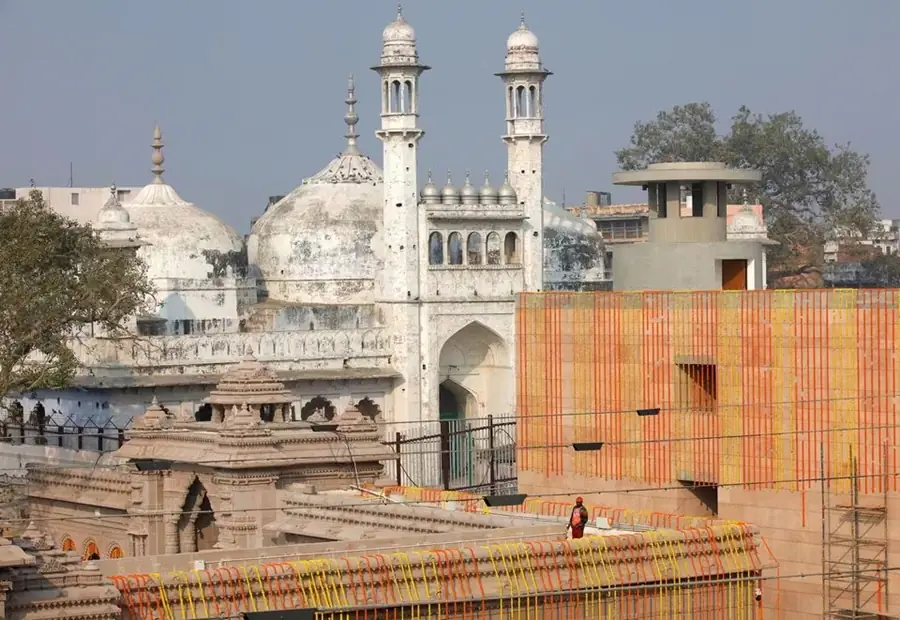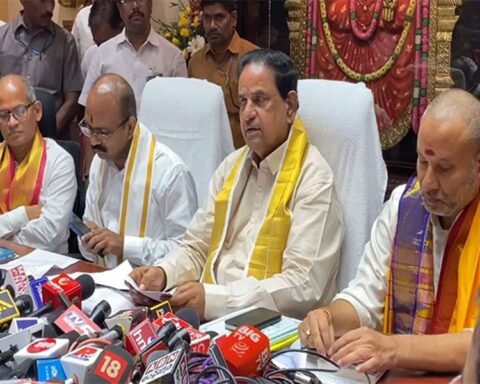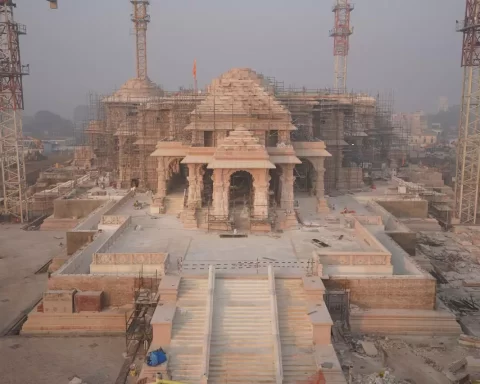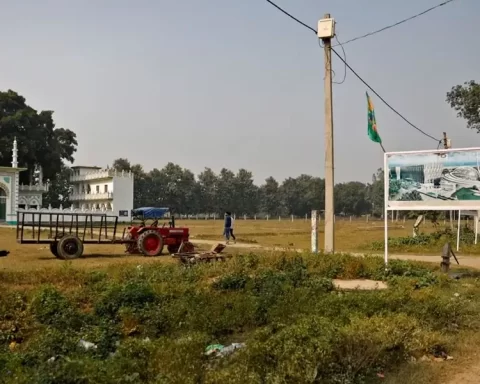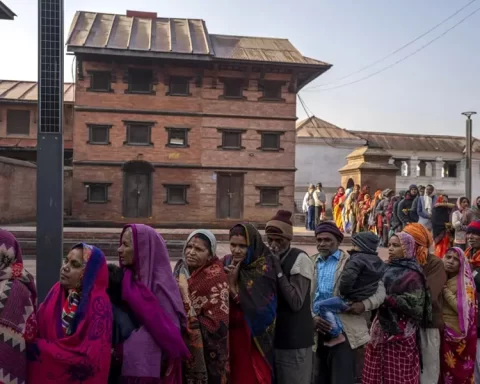LUCKNOW, India, Jan 26 (Reuters) – The Archaeological Survey of India (ASI) has found that a 17th century mosque in one of Hinduism’s holiest cities was built after destroying a Hindu temple that existed there, a lawyer for Hindu petitioners said, a possible new flashpoint in a decades-long dispute.
Muslim lawyers in the legal case being heard in the city of Varanasi disputed the comments by the lawyer for the Hindu petitioners but did not give details.
The Gyanvapi mosque is in Varanasi, which is also Prime Minister Narendra Modi’s parliamentary constituency.
Reuters has not seen the full ASI report, copies of which were shared only with the petitioners in the case. The regional office of the ASI in Uttar Pradesh state, where Varanasi is located, declined comment.
The ASI headquarters in New Delhi did not immediately respond to a request for comment on a public holiday. The district court registrar in Varanasi city could not be reached for comment.
“Remnants of the statues of Hindu gods have been found in the basements during the court-ordered survey,” Vishnu Shankar Jain, the lawyer representing Hindu petitioners, told reporters on Thursday.
He said the 800-page ASI report had found that based on the survey and the study of architectural remains, artefacts, arts and scriptures, “it can be said that there existed a large Hindu temple prior to the construction of the existing structure.”
The report also said the pre-existing structure appears to have been destroyed during the reign of Mughal emperor Aurangzeb and part of it was modified and reused in the existing structure, Jain said.
He told the ANI news agency later that the Hindu petitioners will now approach the Supreme Court to demand that an area of the mosque be opened for Hindus.
Advocates representing Muslim groups said they would respond after studying the survey report. “Whatever the Hindu side is saying is false reporting,” said Akhlaq Ahmad, an advocate representing Muslim petitioners, without giving details.
The development comes days after Modi opened a grand temple to Hinduism’s Lord Ram in the northern city of Ayodhya, built on the site of a 16th century mosque that was destroyed by a Hindu mob in 1992 claiming that the site marked the birthplace of the god-king.
At least 2,000 people, mostly Muslims, were killed in sectarian riots across India after the 1992 razing of the Ayodhya mosque.
The temple inauguration, months before Modi seeks a rare third term in national elections, has been portrayed by his party and its affiliates as a Hindu reawakening.
Muslims are the largest minority group in Hindu majority India. Hindu hardline groups, including those linked to Modi’s party, have for decades said that Mughal rulers during their conquest of the region built monuments and places of worship after destroying ancient Hindu structures or temples.
Communal violence arising from such disputes has flared periodically, and Muslim and Hindu devotees offer prayers cheek by jowl in places like Varanasi amid tight security.
Indian law bars conversion of any place of worship and provides for the maintenance of religious character of places of worship as they existed on India’s independence day on August 15, 1947, with the exception of the Ayodhya shrine. However, the Supreme Court is hearing arguments on challenges to the law.

